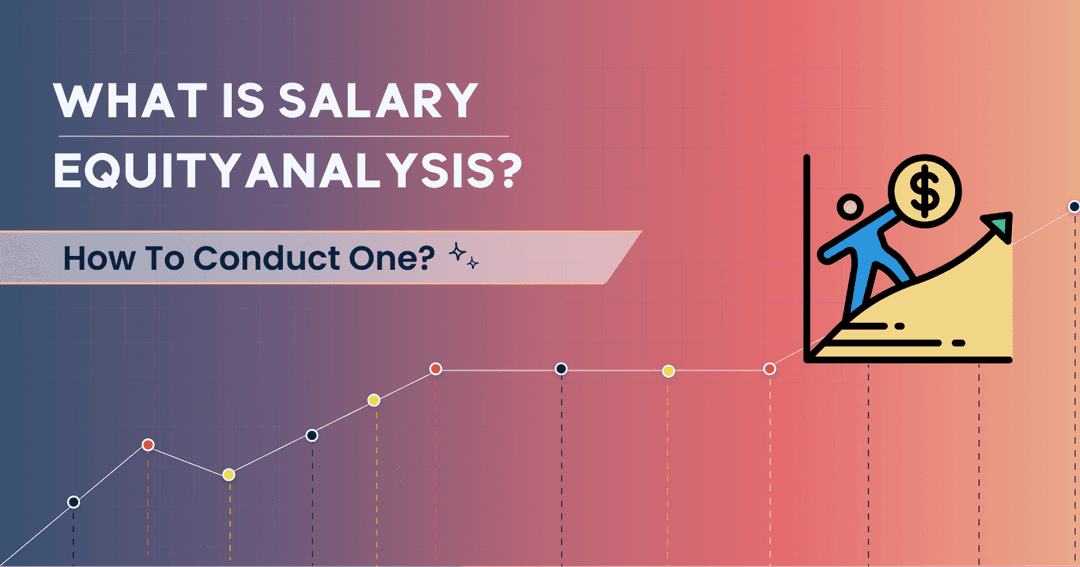
According to a recent study by the World Economic Forum, organisations that take steps toward pay equity experience a 25 percent increase in employee satisfaction and retention. However, many face challenges when implementing fair pay practices. A pay gap doesn't only harm morale but can also expose an organisation to risks of lawsuits and reputational damage.
Salary equity analysis is a powerful tool to identify and resolve disparities, ensuring that your compensation practices are fair and competitive.
In this detailed guide, we’ll cover:
Let’s break it down for you HR professionals striving for workplace fairness with efficient equity efforts.
Pay equity means fairly compensation decisions for each employee according to his/her job titles, job role, skills, experience, and contributions toward the organization. It ensures that in jobs of comparable worth, employees are rewarded comparably, aligning with the standard of your equitable workplaces, within industry and hence ensuring similarity to that prevailing in the market.
"For an HR professional, pay equity regulations are not just compliance but a reflection of what the organization wants to be and express towards the world in terms of fairness and inclusiveness."
Carrying out a salary equity analysis provides a number of significant benefits:
Satisfaction of Legal Requirements
Equal pay laws around the world call for fair compensation policies. Pay equity analysis will therefore satisfy these legal compliance and protect organisations from legal actions such as monetary litigations and fines.
Increased Employee Trust and Engagement
When employees believe pay is equitable, trust in the organisation increases and the employee is more likely to be engaged, productive, and loyal.
Attracts and Keeps Talent
Competitive rates and equitable pay structures strengthen your employer brand and allow for attraction of talent that can help reduce turnover and improve performance reviews.
Strengthens Organisational Reputation
Social responsibility demonstrated through commitments to pay equity fosters goodwill among stakeholders and helps enhance public image.
Internal Pay Equity
This is analysing and comparing pay in the organisation to determine fairness of people doing the same job or those with similar experience levels.
Example: Are two senior software engineers with equal experience and performance history being paid the same?
External Pay Equity
This compares your organisation's pay scales to the market and industry standards to position your organisation fairly within the labour market.
Example: Are your salaries for sales managers aligned with what other companies in your sector are offering?
Balancing internal and external equity creates a cohesive, competitive, and equitable compensation strategy.
Conducting a salary equity analysis requires a structured and detailed approach. Here's how to do it effectively:
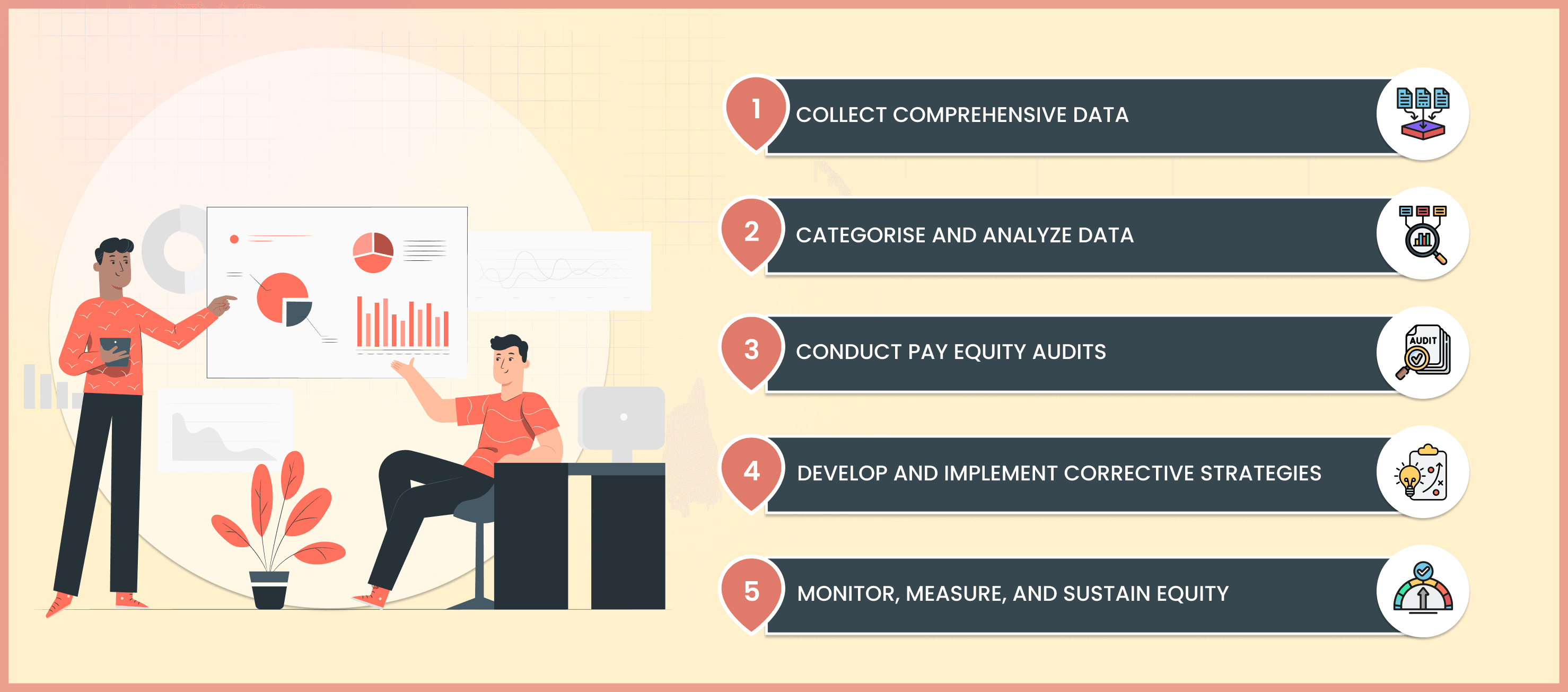
Collect accurate and relevant data to clearly ensure a view of the pay practices of today. Some basic facts to gather are:
Investing in an advanced HR management system can expedite the process by consolidating data.
Once data is gathered, categorise it so that it can be analysed meaningfully. Classify employees into different groups based on their:
Audits are the backbone of identifying inequities. Perform:
Best Practice: Engage a third-party auditor for an unbiased assessment, which can add credibility to your efforts.
Once gaps are found, implement swift and clear remedial steps:
Equity is not something that happens once. To sustain it:
Having a proactive approach ensures your organisation remains committed to fairness and compliance.
As the intricacies of salary equity analysis increase, tools like CompUp become vital for HR leaders. CompUp streamlines and helps handle data-driven insights and automation, while giving organisations an edge when it comes to compensation management.
1. Transparency in Compensation
Real-Time Analytics: Track salary trends and industry benchmarks to proactively address inequities.
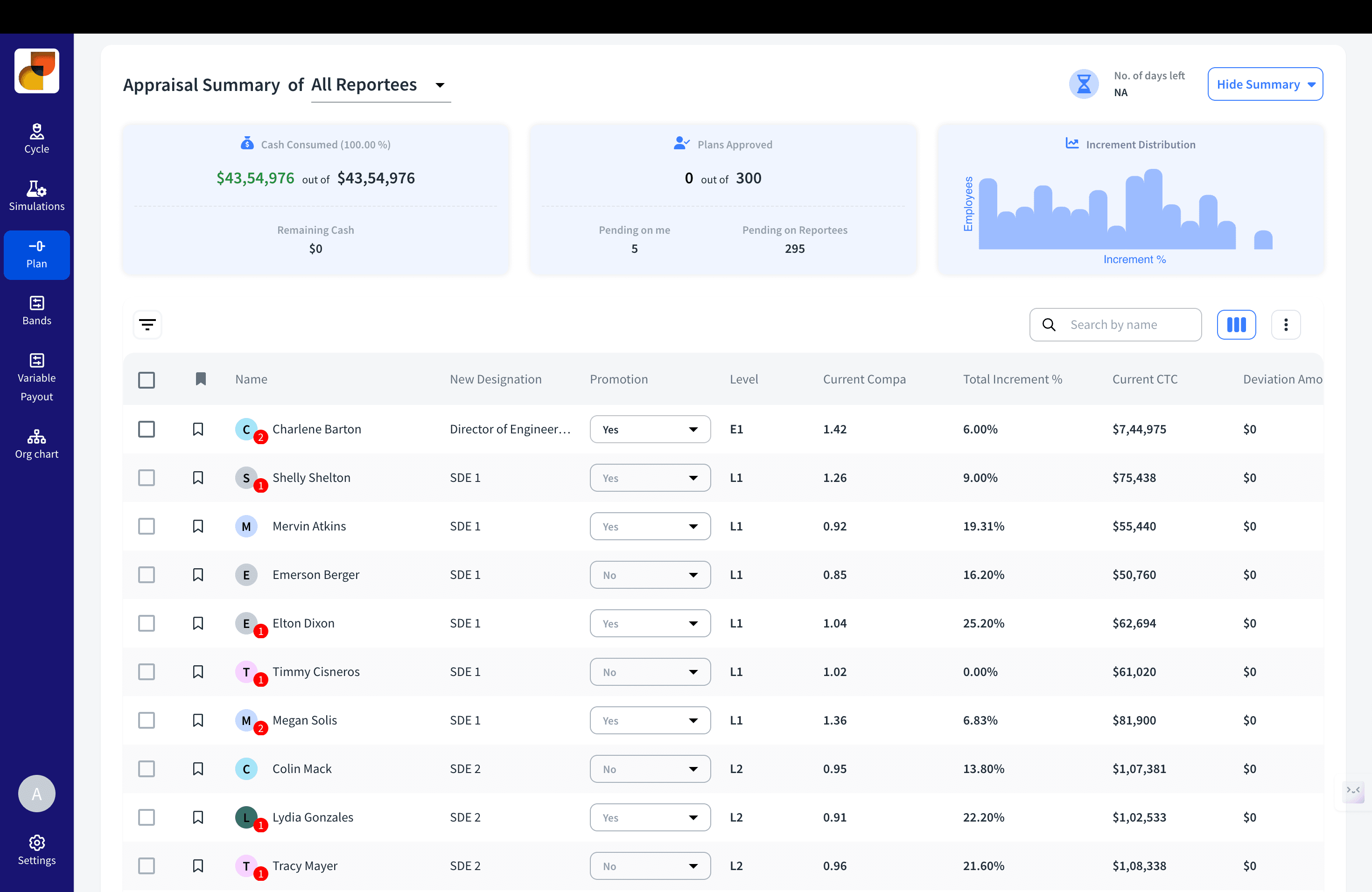
2. Fair Pay Gap Analysis
Automated Reviews: Continuous pay equity assessment without much manual intervention ensures continuous fairness.
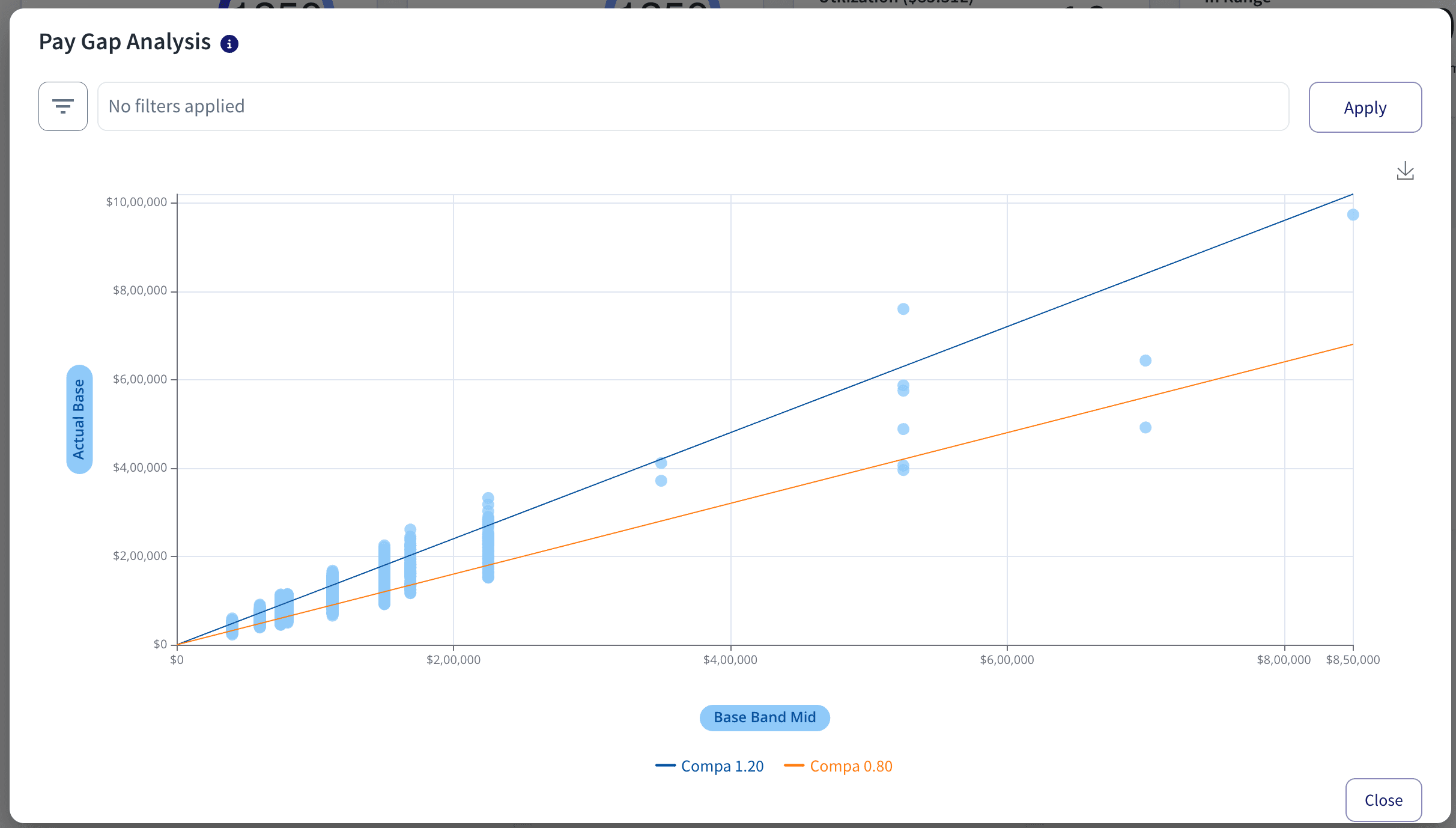
3. Compensation Benchmarking
Peer Comparisons: Keep yourself abreast of industry standards to stay competitive and retain the best talents
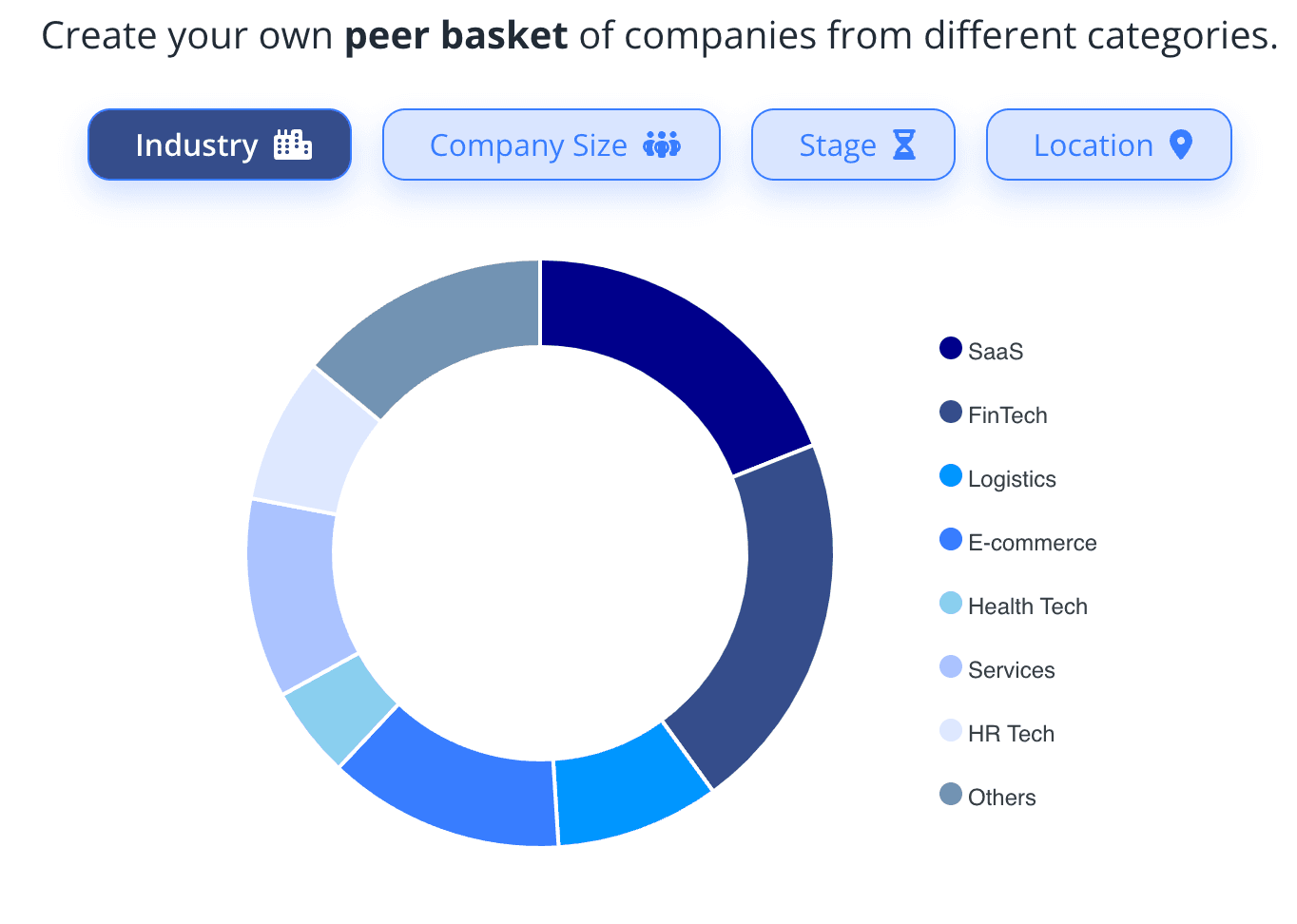
4. Flexible Budget Planning
Scenario Simulations: Assess retention risks and make efficient allocation of resources for key equity issues.
Strategic Moves: Rationalise pay changes, bonuses, and rewards to the fullest extent.
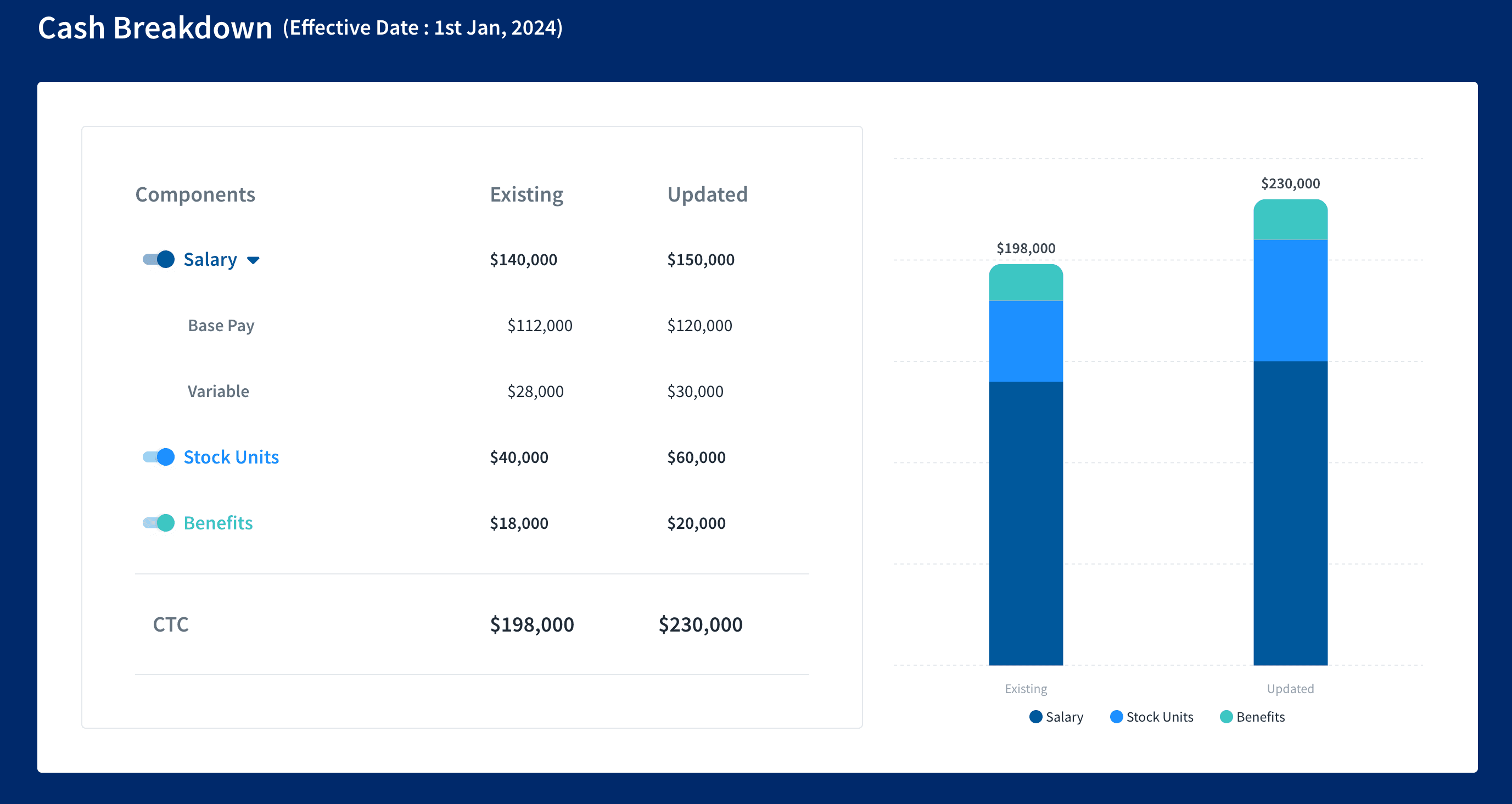
CompUp can be your ultimate partner in the pursuit of fair compensation practice. Its deep tools and analytics make every step in the salary equity analysis light and easy for HR leaders to drive clear, effective, and balanced pay structures.
Salary equity analysis lies at the heart of fair and strategic HR practices. It helps build an even keel of trust, fosters inclusivity, and leads to sustainable growth and development.
By equipping yourself with robust tools such as CompUp, you may not just navigate but excel within the complex landscape of compensation management. Book a demo today and get started.
Community Manager (Marketing)
As a Community Manager, I’m passionate about fostering collaboration and knowledge sharing among professionals in compensation management and total rewards. I develop engaging content that simplifies complex topics, empowering others to excel and aim to drive collective growth through insight and connection.
Revolutionizing Pay Strategies: Don't Miss Our Latest Blogs on Compensation Benchmarking